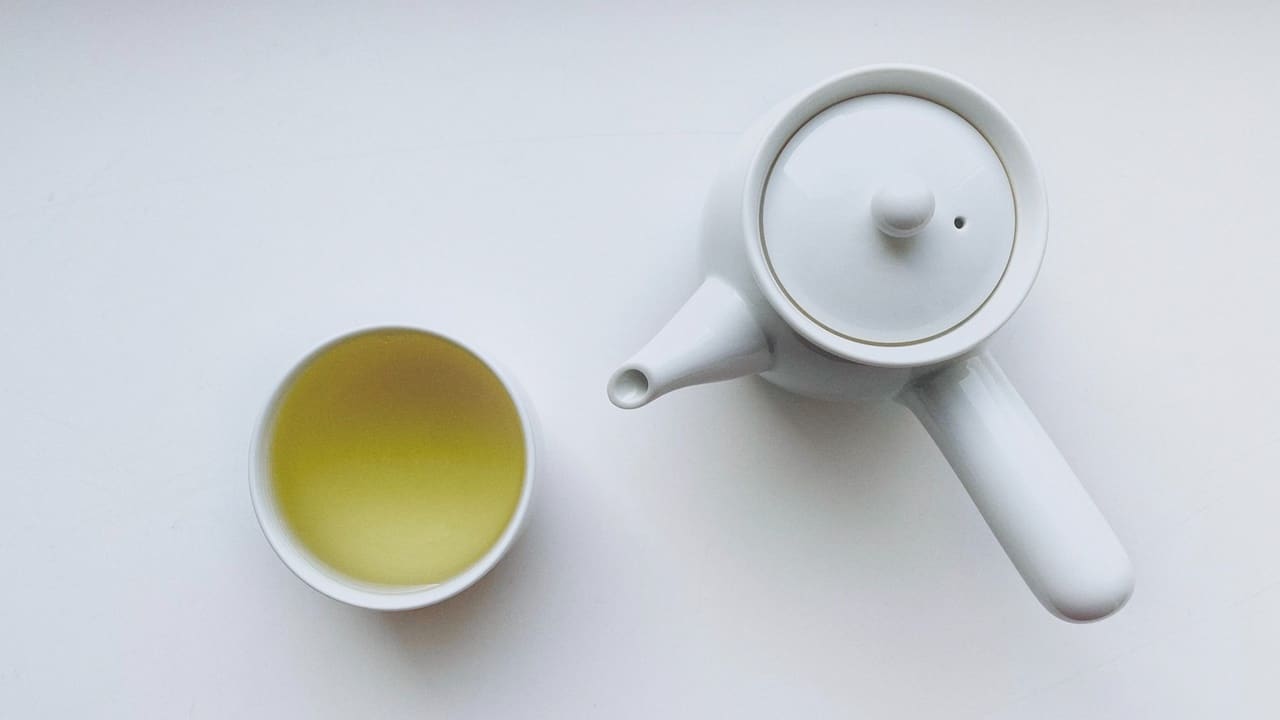When delving into the vast realm of tea, one term that often crops up is “fannings.” To the uninitiated, this word might appear mysterious and enigmatic, but fear not! This article aims to unravel the meaning and significance of fannings in the context of tea, shedding light on its various aspects and implications.
What is Fannings?
Fannings refer to small, broken tea leaves and fragments that are produced during the processing of tea. These leaves are typically smaller and finer than other tea grades, such as whole leaf tea or even tea dust. They are the result of the mechanized tea production process, which involves crushing or tearing the tea leaves.
These small tea leaf particles provide a distinct character to brewed tea, influencing not only its taste but also its aroma, strength, and overall experience. Though fannings might not be aesthetically pleasing to the eye, they possess their own unique attributes that make them an essential component in the world of tea.
1. Fannings in Tea Bags
One of the most common applications of fannings is in the production of tea bags. Due to their small size and quick infusion properties, fannings excel in delivering a rapid and robust cup of tea. They facilitate the extraction of flavor and color, resulting in a convenient and efficient brewing experience for tea enthusiasts across the globe.
2. Enhanced Surface Area for Flavor Release
The smaller particle size of fannings increases the tea’s surface area, leading to a more intense and immediate release of flavors and aromas during the brewing process. This phenomenon is particularly advantageous for those seeking a quick cup of tea or desiring a bold and potent infusion.
Advantages of fannings’ enhanced surface area:
- Increased extraction of flavor compounds
- Quicker brewing time
- Stronger taste profile
- Amplified aroma
3. Fannings in Blends for Consistency
Fannings often find themselves as an essential ingredient in tea blends. Their small size enables them to mix seamlessly with other tea types, creating a consistent and balanced flavor profile. By incorporating fannings into a blend, tea artisans can craft a harmonious brew that offers a standardized taste experience with each cup.
4. Strong and Robust Brews
If you are seeking a tea with a full-bodied and robust taste, fannings are your go-to choice. Their smaller leaf size allows for enhanced water interaction, resulting in a more intense and spirited brew. Ideal for those seeking an invigorating start to their day or a pick-me-up in the afternoon.
5. Utilizing Fannings for Infusions
Beyond traditional tea consumption, fannings can also be used for infusions beyond the conventional hot water method. These small tea particles are excellent candidates for botanical infusions, such as incorporating them into recipes for ice creams, creams, or incorporating them into culinary creations for an added touch of tea essence.
Examples of fannings’ use in infusions:
| Application | Description |
|---|---|
| Tea-infused cookies | Adding fannings to cookie dough adds a delightful tea flavor to the sweet treat. |
| Tea-infused syrups | Simmering fannings in a sugar syrup creates a tea-infused elixir for cocktails and beverages. |
| Tea-infused desserts | Utilize fannings in custards, creams, or even as a topping for cakes to infuse the dessert with tea notes. |
In conclusion, fannings, while often overlooked or misunderstood, play a significant role in the world of tea. Their small size and broken leaf composition enable them to bring unique advantages and applications, ranging from tea bag convenience to enhanced flavor extraction. So, the next time you come across the term “fannings” in the tea world, you can appreciate the depth and value it brings to your cup of tea.

